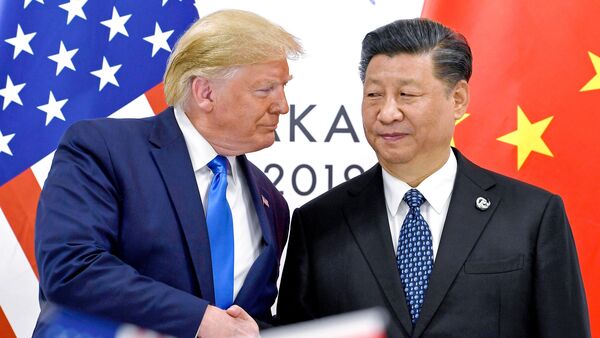US-China Trade War Creates Major Opportunities for Indian Exporters
The escalating trade war between the United States and China is set to give Indian exporters a significant competitive advantage in the American market, according to industry experts. New US tariffs on Chinese goods will make Indian products more attractive, potentially boosting India’s $86 billion exports to the US.
Key Takeaways
- US imposes additional 100% tariff on Chinese goods, effective November 2025
- Indian exporters gain competitive edge as Chinese products become more expensive
- Textile, toy sectors see huge export opportunities emerging
- Global prices for EVs, wind turbines may rise due to trade tensions
How India Benefits from the Trade War
Federation of Indian Export Organisations President S C Ralhan confirmed that steep US tariffs on Chinese goods will shift demand toward India. “We may gain from this escalation,” Ralhan told PTI.
While US tariffs on Indian goods remain at 50%, the new 100% additional tariff on Chinese products gives India an “upper edge” in the American market. India exported goods worth $86 billion to the US in 2024-25, a figure expected to grow significantly.
Sector-Specific Opportunities Emerge
Exporters across multiple sectors are anticipating substantial benefits from the trade war escalation.
A textile exporter highlighted that higher customs duties on Chinese products will create “huge export opportunities” for India. The tariff hike will increase prices of Chinese goods in the American market, making them less competitive and driving buyers to Indian alternatives.
Toy exporter Manu Gupta echoed this sentiment, noting that high duties on Chinese goods will help attract buyers from both nations. “It will help us. High duty will create a parity and will give us a level playing field,” Gupta said, adding that American retail giant Target has already reached out for new products.
Broader Economic Impact
Think tank GTRI warned that escalating US-China trade tensions could push up global prices of Electric Vehicles (EVs), wind turbines, and semiconductor parts. This price pressure stems from America’s heavy dependence on China for essential products including electronics, textiles, footwear, white goods, and solar panels.
The trade war escalation began with Beijing’s October 9 decision to tighten export controls on rare earth minerals — critical resources for US defense, electric vehicle, and clean-energy industries. The US responded with additional tariffs, bringing the total tariff rate on Chinese imports to approximately 130%.




